
hotline:
17715390137
Tel/Wechat:
18101240246 (Technology)
0512-68565571
Email:mxenes@163.com (Sales Engineer)bkxc.bonnie@gmail.com
Scan the code to follow or search the official account on WeChat:
2D Materials Fronrier After paying attention,
click on the lower right corner to contact us,
Enter enterprise WeChat.
Professional Services Online

已传文件:photo/2020416111157975.png
Due to the rapid development of miniaturized wearable electronic devices, the demand for stretchable miniature supercapacitors (MSCs) has increased significantly, which has attracted great attention from scholars. However, due to the limited area electrochemical performance, the practical electronic application of MSCs technology is greatly limited.
Achievements
Recently, Nankai University ‘s Liang Jiajie Jiaoshou in the top international journal Advanced Energy Materials published entitled " 3D-Printed Stretchable Micro-supercapacitor with Remarkable Performance Areal " papers. Thick stretchable honeycomb porous interlaces were prepared by 3D printing and unidirectional freezing of pseudoplastic nanocomposites constructed from Ti 3 C 2 T x MXene nanoflakes, manganese dioxide nanowires, silver nanowires and fullerene MSCs electrode. This unique structure uses thick electrodes and 3D porous conductive material scaffolds combined with interactive material properties to achieve higher active substance loading, larger interface area, faster ion transmission, and significantly improved area energy And power density. In addition, the fullerene-induced sliding cell structure of the directional cell support makes the printed electrode sufficient to withstand large deformation failures without significant performance degradation. 3D printed MSCs have an area capacitance of 216.2 mF cm −2 at a scan rate of 10 mV s −1 and after stretching up to 50%, the performance remains unchanged after 1000 cycles. The stretchable MSCs also exhibit high rate performance, 19.2 cm & lt μWh -2 plane energy density cm & lt mW and 58.3 -2 power density , reported superior performance of all the MSCs stretchable.
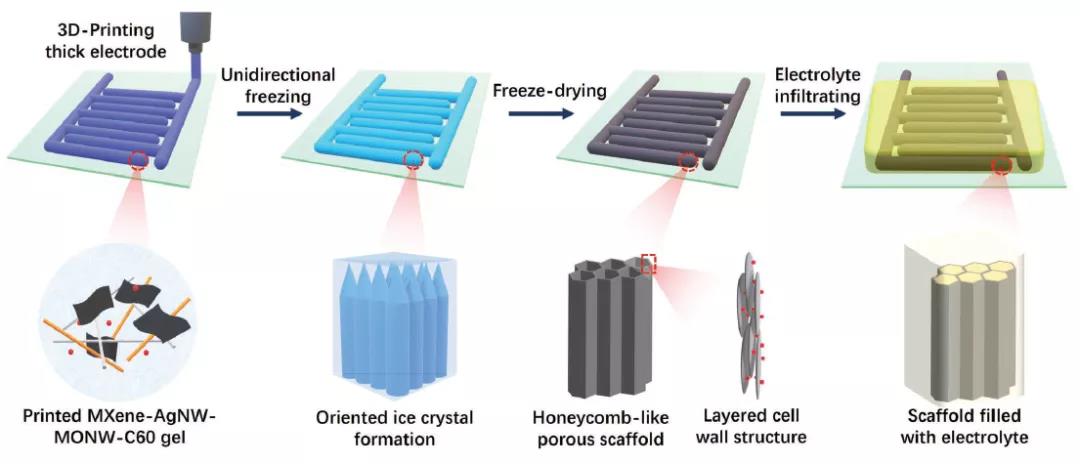
Figure 1 Schematic diagram of the preparation of 3D printed stretchable MSCs .
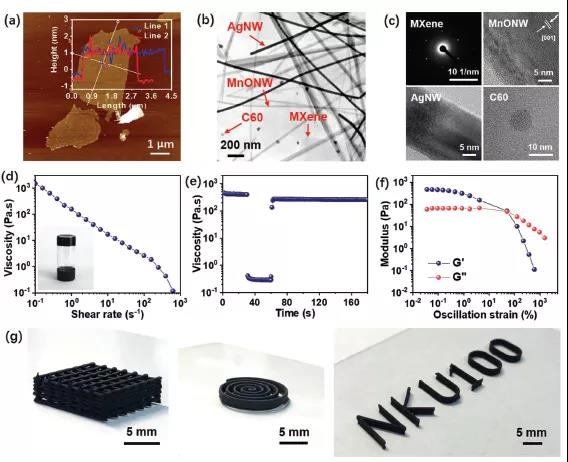
Figure 2 Characterization of chemical structure.
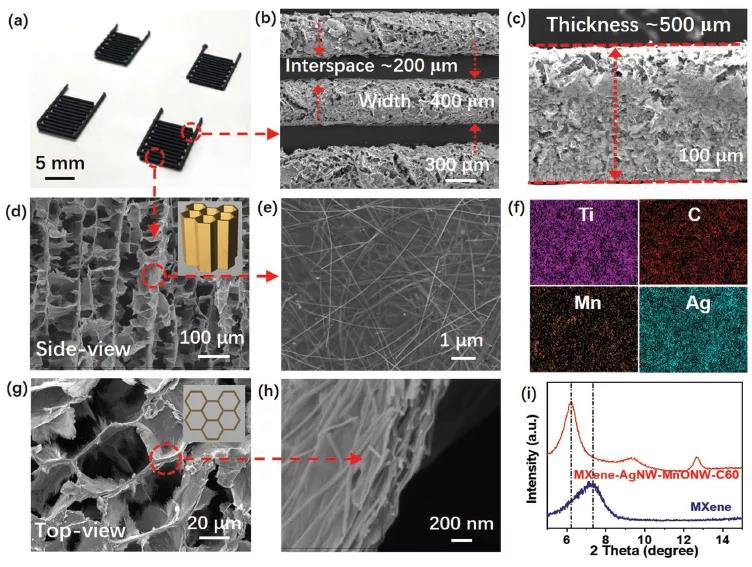
Figure 3 The appearance of MSCs .
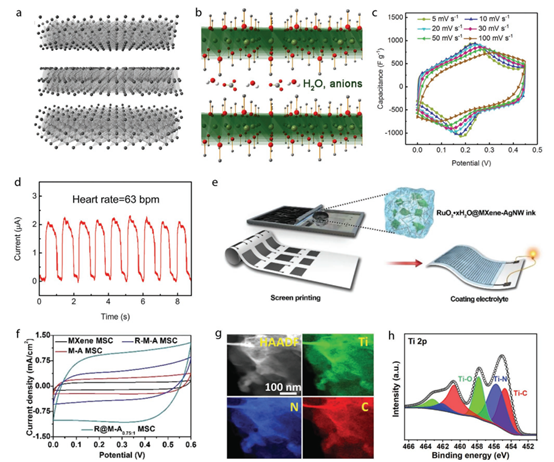
Figure 4 Electrochemical performance of MSCs .
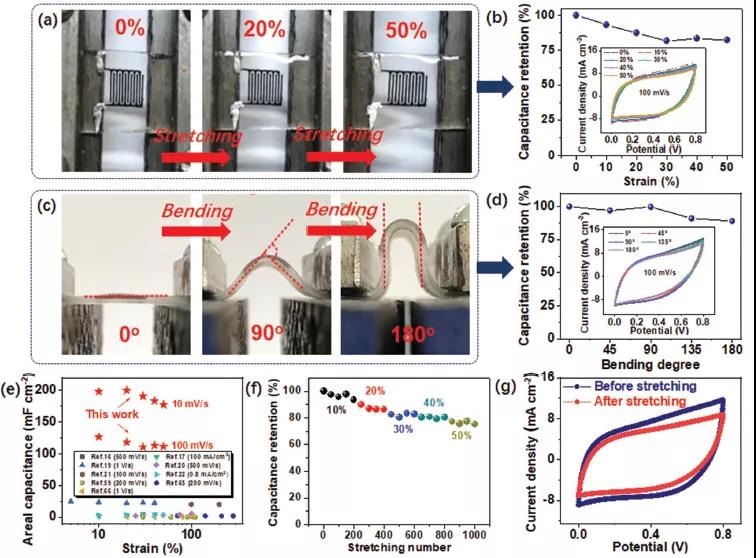
Figure 5 Electrochemical properties of MSCs after stretching and bending .
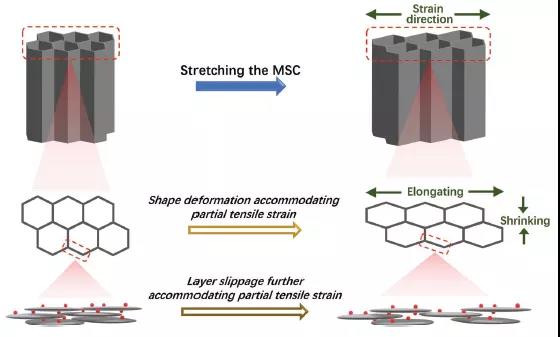
Figure 6 Deformation mechanism of honeycomb porous support .
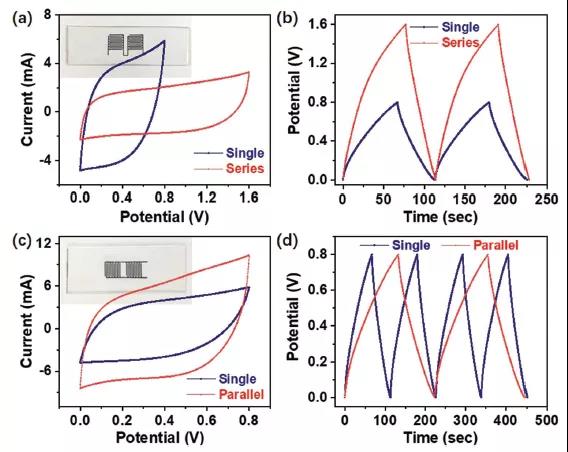
Figure 7. Electrochemical performance of two MXene-AgNW-MnONW-C60 MSCs in series and parallel .
in conclusion
Due to the synergy of nano-components and electrode structure, the 3D printed MSCs device exhibited unprecedented electrochemical performance, including an area capacitance of 216.2 mF cm −2 , a surface energy density of 19.2 μWh cm −2 and a power density of 58.3 mW cm −2 And excellent rate capability, long-term cycle stability. This strategy is a critical step towards the application of stretchable MSCs for wearable and portable electronic devices .
Original link:
https://onlinelibrary.wiley.com/doi/abs/10.1002/aenm.202070064
Source: MXene Academic

| Reminder: Beijing Beike New Material Technology Co., Ltd. supplies products only for scientific research, not for humans |
| All rights reserved © 2019 beijing beike new material Technology Co., Ltd 京ICP备16054715-2号 |